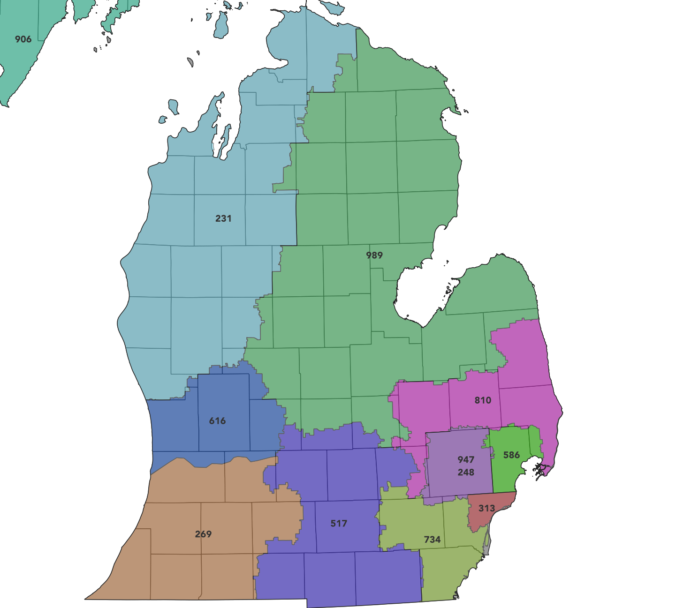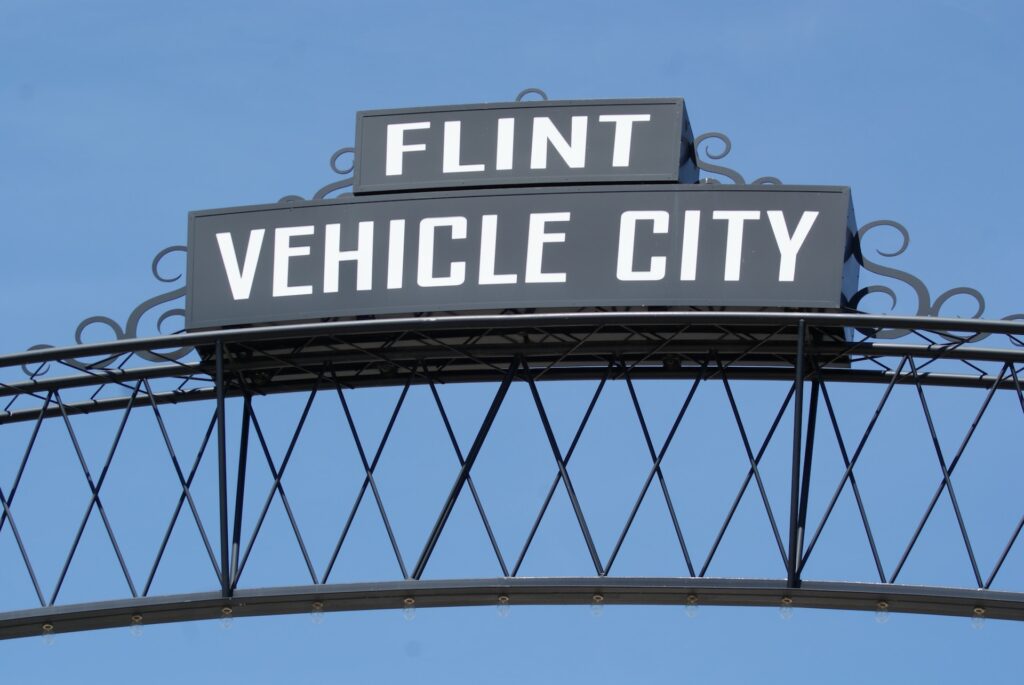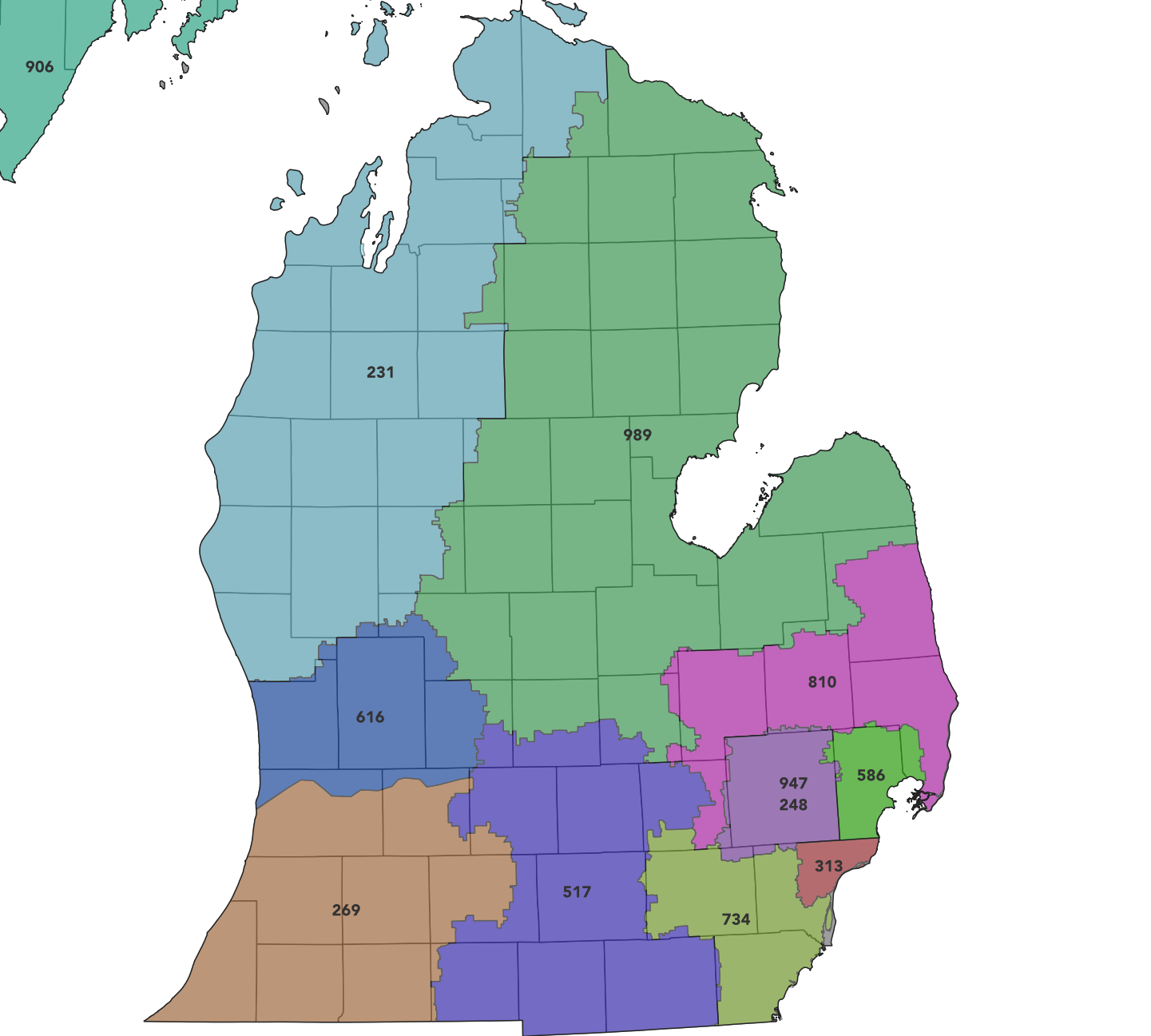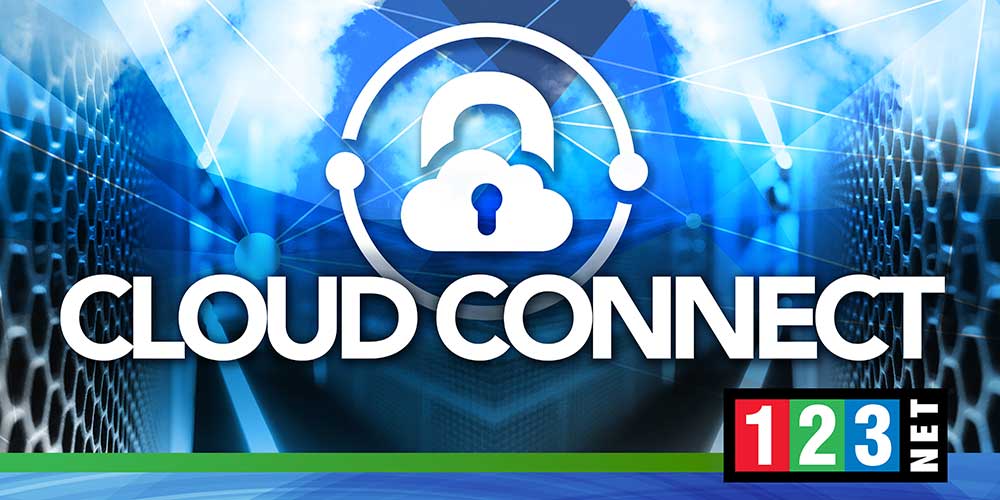
Introduction to Area Code 810
Area Code 810 is a vital telecommunication gateway connecting various communities in Michigan, particularly in the East-Central region. Established in December 1993, it responded to the burgeoning need for more telephone numbers, reflecting the growing intricacies of the Michigan area codes. This area code is significant for linking residents and businesses, facilitating seamless regional communication. Understanding its origin, geographical coverage, and technical aspects offers insights into Michigan’s telecommunication landscape, including the North American Numbering Plan dynamics. As we delve into the history, changes, and current state, we’ll explore its importance in connecting communities and its impact on local identity.
Historical Context of Area Code 810
Area Code 810 was born on December 1, 1993, as a split from the venerable 313 area code, which had served Southeast Michigan since 1947. This change was necessitated by the burgeoning demand for phone numbers, driven by the proliferation of fax machines, cell phones, and additional lines. Initially, 810 encompassed a significant portion of eastern Michigan, including major counties like Genesee, Lapeer, and St. Clair. This historical shift ushered in a new telecommunications era. It prepared the region for future numbering plan changes. The 810 introduction met immediate needs. It also mirrored the evolving communication landscape and population growth.
Geographical Coverage
The area code covers a vibrant part of Michigan. It includes key cities and counties vital to the state’s culture and economy. Cities like Flint, Port Huron, and Lapeer stand out with unique charm. Genesee, St. Clair, and parts of Oakland and Livingston counties fall under 810. They link urban and rural communities. A map shows the area’s interconnected locales, each adding to the region’s identity. This coverage aids communication and supports local businesses and services. Area 810 is more than numbers; it’s a network of diverse, connected communities.

Changes and Evolution Over Time
Area Code 810’s evolution mirrors the telecom sector’s dynamism. It emerged due to the 313 area’s number exhaustion. As needs grew, 810 evolved. In 2001, the 586 code split off to serve Macomb County. This reflected the rising demand for numbers. These changes are more than administrative; they mark regional growth and telecom adaptation. Understanding these shifts offers insight into necessary planning and foresight. They show how we keep communities connected.
Technical Aspects of Area Code 810
The technical framework is grounded in the North American Numbering Plan (NANP), ensuring standardized and efficient call routing. One significant change was the transition to mandatory 10-digit dialing, necessitated by the introduction of new area codes and the need for more numbers. Additionally, the advent of the National Suicide Prevention Lifeline, which adopted the 988 dialing code, impacted local dialing patterns, requiring adjustments to ensure uninterrupted access to essential services. These technical aspects, though often unnoticed by the general public, are crucial in maintaining a robust and responsive telecommunication system.
Area Code 810 in Popular Culture
Area Code 810 has transcended its functional role, embedding itself into the local identity and even making appearances in popular culture. References in music and movies often highlight the area’s unique character, with artists and storytellers drawing inspiration from their Michigan roots. This cultural resonance underscores the area code’s significance beyond mere numbers, symbolizing a sense of belonging and community pride. Whether celebrated in a song lyric or casually mentioned in a film, the area code represents a tangible connection to East-Central Michigan’s spirit.
Current State and Future Prospects
As technology and population dynamics continue to evolve, so does the landscape of area code. Current analyses indicate a gradual approach toward number exhaustion, a situation monitored closely by regulatory bodies. Future prospects may include the introduction of new area codes (overlays) or other measures to ensure a steady supply of numbers. These changes, while primarily technical, have broader implications for residents and businesses, reflecting the need for adaptive strategies in telecommunications. Staying ahead of these trends is crucial for maintaining seamless communication and supporting the region’s growth and development.
FAQs Section
- What cities are covered by area code 810?
Area Code 810 covers several key cities in Michigan, including Flint, Port Huron, Lapeer, and parts of other surrounding areas. - How has area code 810 changed over the years?
Initially covering a vast portion of Eastern Michigan, 810 has seen splits and changes, most notably the creation of the 586 area code, to accommodate growing demands for phone numbers. - Are there any planned changes for area code 810?
While specific plans can vary, the potential for number exhaustion may lead to the introduction of new area codes or overlays to ensure a continuous supply of numbers.
Conclusion
Area Code 810 is more than a series of digits; it’s a symbol of community, connection, and change. From its historical roots to its current state and future prospects, understanding this area code offers insights into the complexities of telecommunications and regional identity. As we navigate the evolving landscape of numbers and networks, Area Code 810 stands as a testament to the importance of staying connected, adapting to change, and preserving a sense of place in the digital age. Its story is a reminder of the intricate web of technology, community, and culture that binds us all.
Interested in phone service in Michigan? Click here to learn more about 123NET’s Voice Services.




